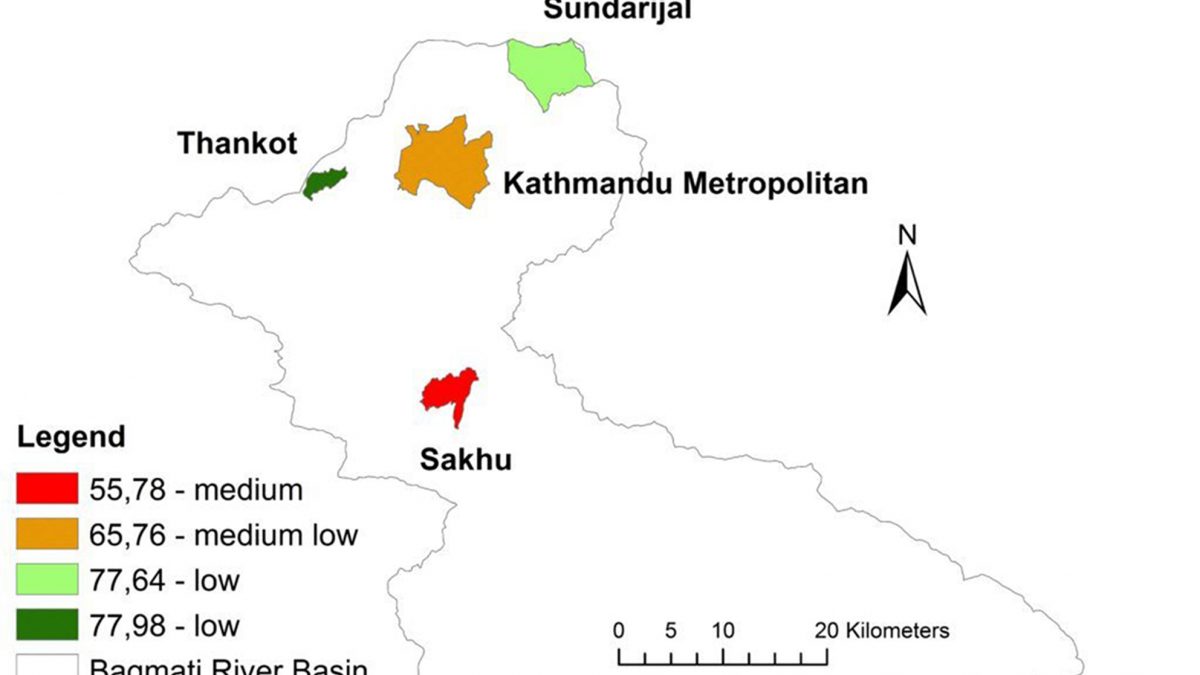Project Description
Client
 HEMS, Kathmandu, Nepal
HEMS, Kathmandu, Nepal
Date
 Ongoing
Ongoing
River basins can be water poor or rich, not only on the basis of the available water resources, but also a logical amalgam of wide dimensions of influencing factors as accessibility, capacity, use and environmental factors. To find out the water situation in the study area in the Bagmati River basin, Water Poverty Index (WPI) was estimated in the Bagmati river basin in Nepal. Survey of household size, water demand, household with land, livestock, poultry, no land, etc. were collected during field visit. Likewise data available from Central Bureau of Statistics (CBS), Nepal, Department of Hydrology and Meteorology (DHM), Nepal was used in the Project.
WPI is the complex relationship between sustainable water resource management and poverty. Evaluation for WPI was carriedout with domain of 5 components namely resource, access, use, capacity and environment described respectively by water resources availability, people’s ability to access water, people’s ability to sustain access to water, people’s ability to use this resource for productive purposes, and the environmental factors which impact the ecology which water sustains.
This result shows an overall picture of water poverty situation, which helps policy planners to evaluate the threats and take immediate action. Similarly, decision makers, after assessing all the five components, will be able to realize and identify the sectors which need significant attention in regards to the water needs.




